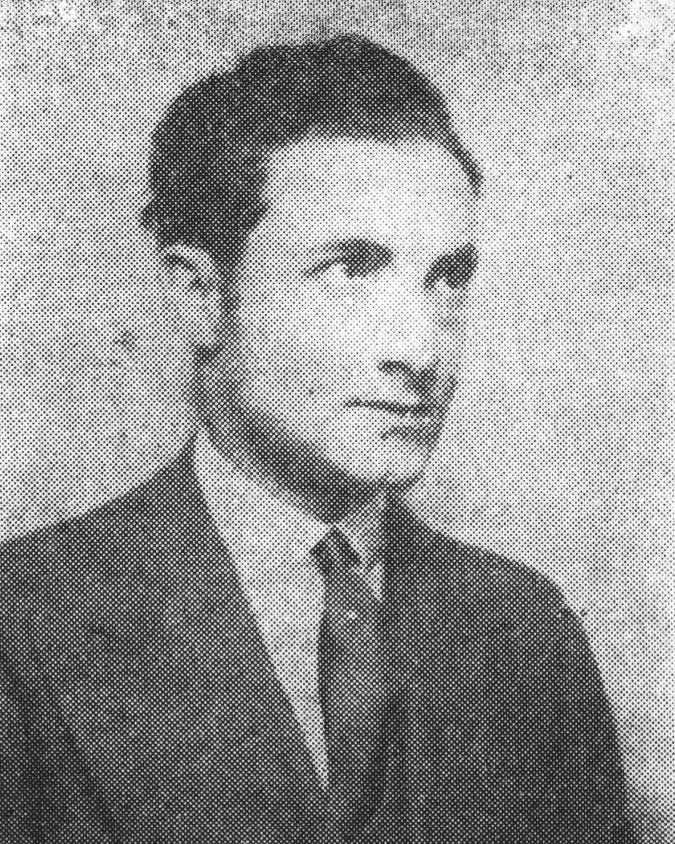Israël LEWIN
January 3, 2019Samuel LIEBEWERT
January 3, 2019Marcel LHERMAN
PARIS 1906 – DEPORTED 1942
Marcel Lherman was born into a Polish Jewish family who had lived in Paris since 1897. He grew up in Montmartre where his parents ran a furniture business. He studied at a secular school and at the same time took Hebrew classes at the Consistory. Later, following family tradition, he opened a furniture store and dealt with furniture painting. He gave up this activity and enrolled in the Académie de la Grande Chaumiere. Marcel Lherman worked as a draftsman for the Parisian journal L’Homme. In 1941, he took refuge in Marseille and later in Nice, where he painted folk scenes. He was arrested in Nice as he was trying to escape. After being shot by the Gestapo, he was interned in Compiegne. There, he illustrated Dr Brajtman’s writings but could not finish his work due to a lack of paper. On June 5, 1942, he was deported on convoy number 2. He was murdered by the Nazis.
Stories of Jewish Artists of the School of Paris 1905-1939
FRENCH-ENGLISH
Capitale des arts, le Paris des années 1905-1939 attire les artistes du monde entier. De cette période de foisonnement, un terme est resté, celui d'Ecole de Paris, qui recouvre une grande diversité d'expression artistique. Dans ce brassage dont Montparnasse est le creuset, un groupe se distingue : celui des artistes juifs venus de Russie, de Pologne et d'Europe centrale. Si leurs styles sont variés, un destin commun les rassemble : ils fuient l'antisémitisme de leur pays d'origine. Certains ont connu la célébrité dès les années 1920, tels Soutine, Lipchitz ou Chagall. D'autres n'ont pas eu le temps ou la chance d'y accéder. Près de la moitié a péri dans les camps de concentration nazis.
From 1905 to 1939, Paris attracted artists from all over the globe as the capital of the art world. This period of artistic proliferation became known as the School of Paris, and includes a great diversity of artistic expression. Within the teeming art world centred on Montparnasse, one group set itself apart: Jewish artists from Russia, Poland, and Central Europe. Although their styles were diverse, they shared the common fate of fleeing anti-Semitic persecutions in their home countries. Some became famous in the 1920s, such as Soutine, Lipchitz, and Chagall, while others did not have the time or the luck to gain renown. Nearly half of these artists died in Nazi concentration camps.





